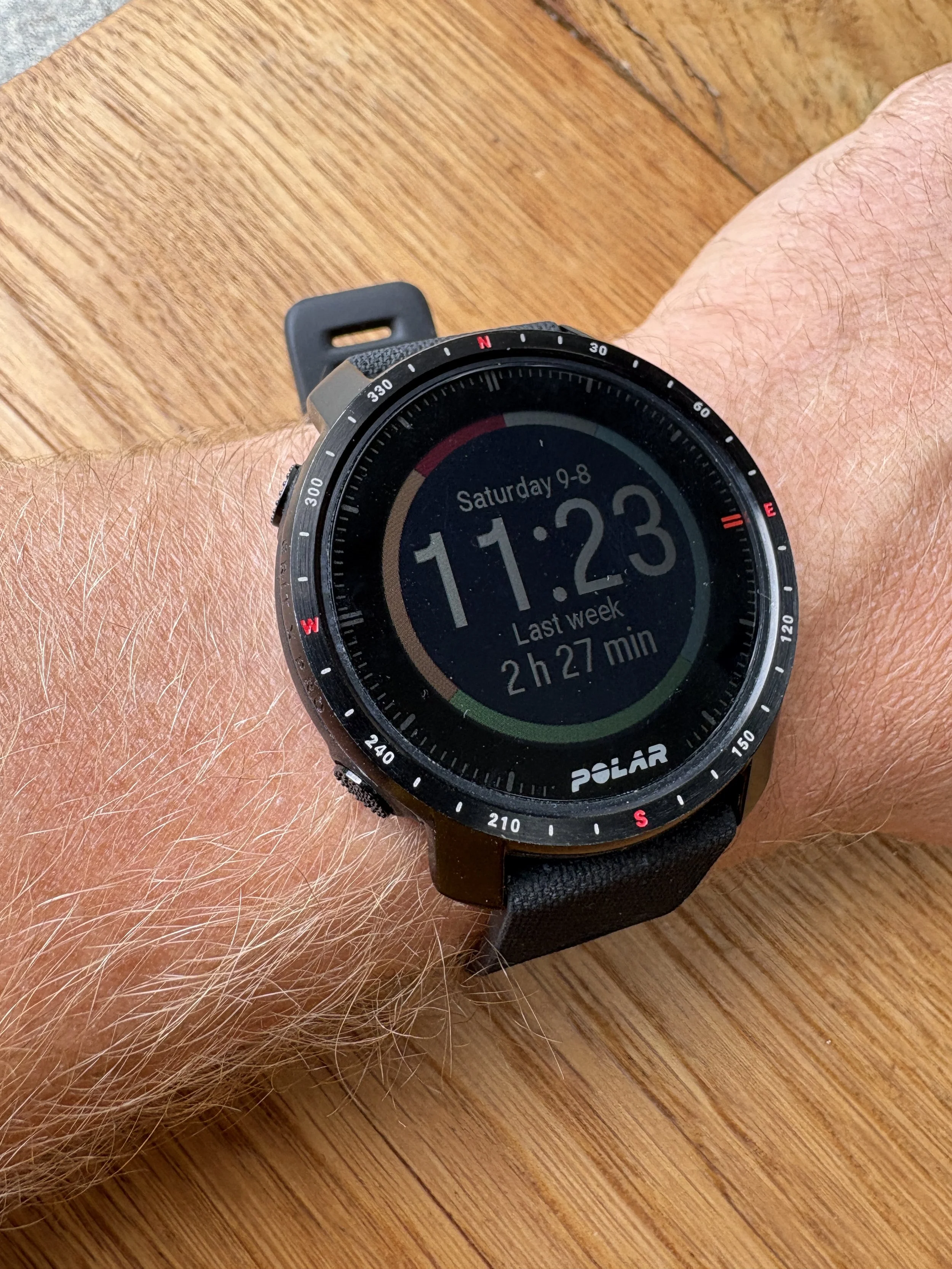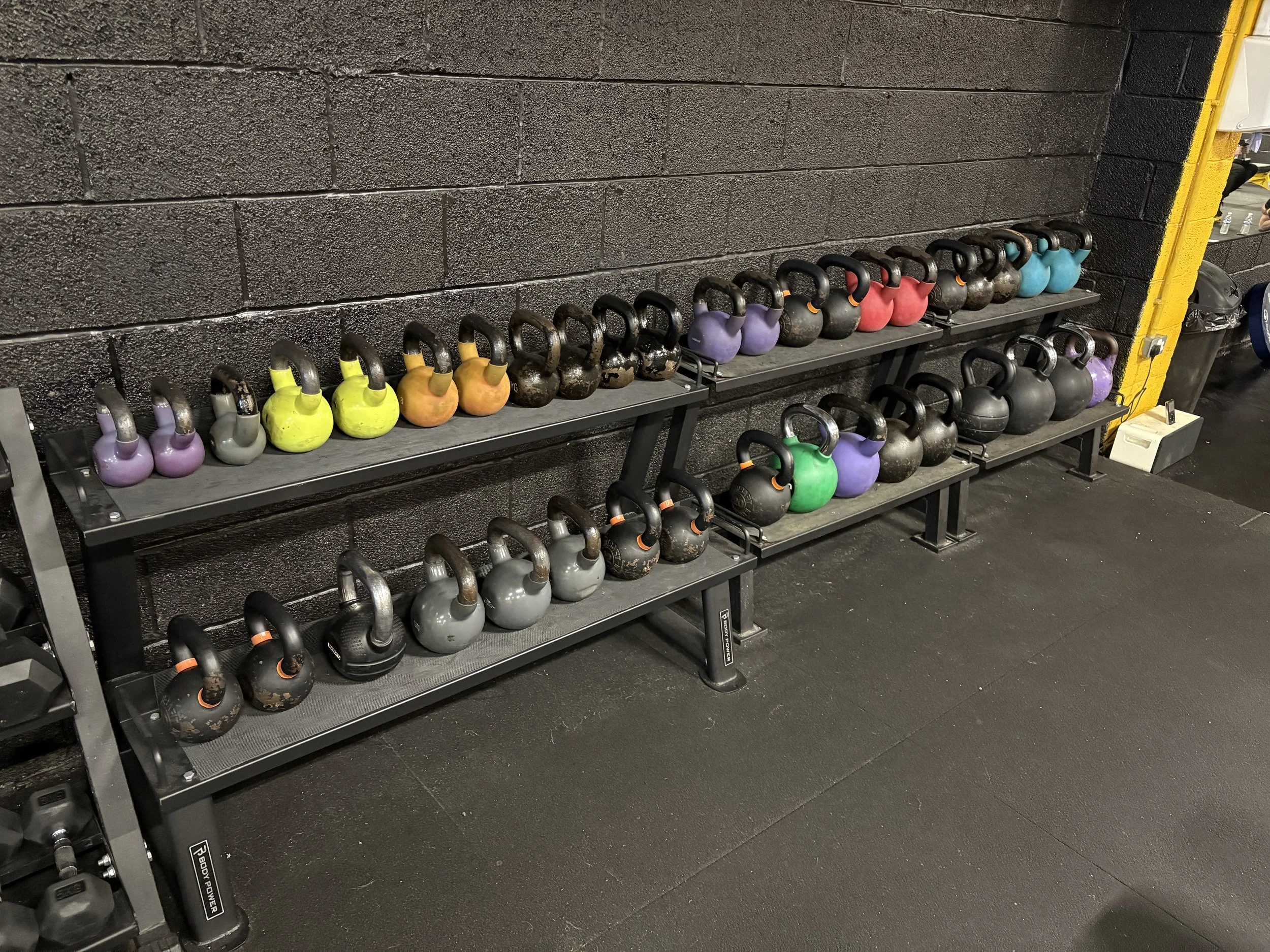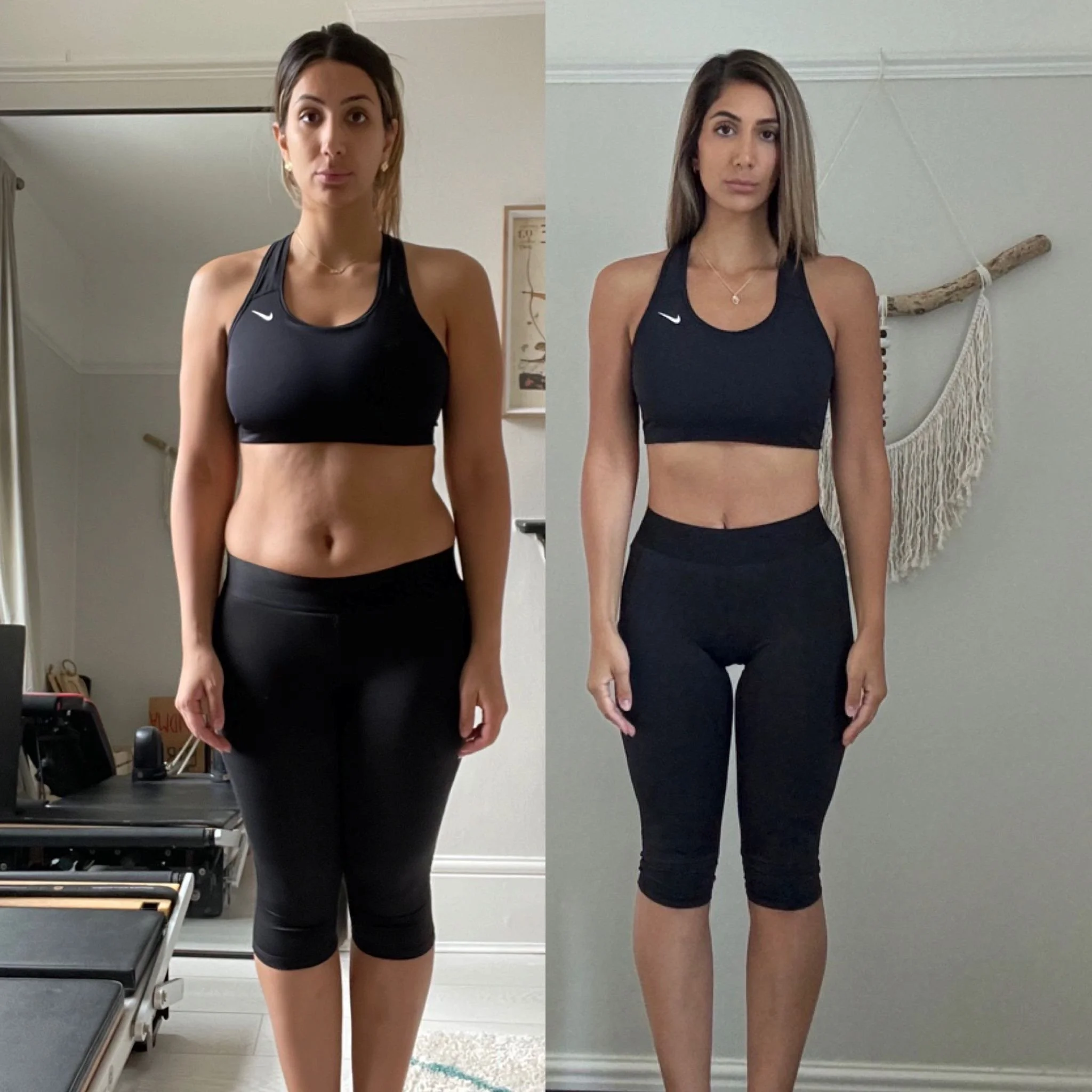Christmas is coming, and while most people are thinking about mince pies and mulled wine, the fitness lovers among us are thinking about how to start the new year strong.
Whether you’re shopping for a gym fanatic, a weekend warrior, or someone just starting out, these gifts will help them stay motivated, move better and feel great all year long. It’s a way to help people either get started with their fitness or support someone who is already into keeping themselves fit and healthy.
We’ve got options for a variety of budgets, so here’s our list of the perfect Christmas fitness gifts — tried, tested, and Admac Fitness personal-trainer approved…
1. Polar Heart Rate Monitor
If you’re serious about training, this is a game-changer.
A Polar heart rate monitor helps track calorie burn, heart rate, sleep quality and activity levels throughout the day. It gives real-time feedback so workouts can be tailored for maximum results — no guesswork needed.
For anyone training with a goal in mind (fat loss, endurance or general fitness), this device keeps them accountable and ensures every session counts. It’s one of those gifts that genuinely makes people better at exercising — and they’ll use it every day.
There are lots of other brands, but Polar is a great mixture of price, quality and functionality.
2. Reebok Nano X – The Perfect Hybrid Training Shoe
If you only buy one pair of training shoes, make it the Reebok Nano X. It’s one of the best hybrid training shoes on the market — stable enough for weightlifting, flexible enough for short runs or HIIT, and tough enough to handle any gym floor.
Unlike running shoes, which can be too soft for lifting, or lifting shoes, which can be too rigid for cardio, the Nano X gives the best of both worlds. They’re comfortable, durable and look good doing it.
In short, the perfect all-rounder for anyone who likes to mix up their training.
3. Yeti Water Bottle
Forget cheap plastic bottles that crack, leak or start smelling after a few months. The YETI bottles are built to last.
It’s BPA-free, virtually indestructible, and keeps drinks cold (or hot) for hours. Ideal for long gym sessions, outdoor training, or just everyday use.
It’s the sort of gift that gets used daily and still looks brand new years later. A simple, premium upgrade to a very underrated bit of gym kit.
4. AdMac Fitness Personal Training Session
If you really want to give someone a meaningful gift — one that improves their life — this is it.
A personal training session at AdMac Fitness is more than just a workout. It’s motivation, accountability, and expert guidance all in one.
Our coaches help people move better, train safely and stay consistent. It’s perfect for anyone wanting to start a new routine or get back into fitness after a break.
Located in East London, our sessions are designed to build confidence, improve technique and make exercise enjoyable again.
🥦 5. A Supplement Stack
Let’s be honest — most people don’t eat perfectly all the time. A well-chosen supplement stack can fill the gaps and support recovery, performance and general health.
A great starter stack includes:
Whey protein – helps rebuild muscle after training.
Creatine – boosts strength and power output.
Vitamin D – supports immune and bone health (especially in the UK winter).
Fish oil – supports joints and cardiovascular health.
A multivitamin – covers the basics for general wellbeing.
These are simple, effective supplements backed by science — and unlike most gift sets, they’ll actually make the recipient feel and perform better.
Why a Fitness Christmas Gift?
The best gifts don’t just look good under the tree — they make life better long after Christmas has passed.
Whether it’s a tool for tracking progress, improving performance, or just staying hydrated and healthy, each of these gifts helps build momentum going into the new year.
And if you really want to give someone something special? Give them the gift of feeling stronger, healthier and more confident.
That’s what AdMac Fitness is all about.
Want to improve your health and fitness? Let the AdMac Fitness Personal Trainers help…
AdMac Fitness has been helping the people of East London transform their health and fitness for nearly a decade.
We help people using tried and tested fitness approaches. Our expert team of personal trainers, based in both Bow and South Woodford can help you get a grip of your health forever. With our guidance and experience, you can relax knowing that your fitness journey is going to be guided by some of the best personal trainers in East London.
For more information on who we are, what we do and how we can help you achieve your health and fitness goals, contact us on… 07921465108 or email us at admacfitness@gmail.com. We look forward to hearing from you!
Our locations are…
AdMac Fitness: Arch 457 Robeson St, London E3 4JA
AdMac Fitness South Woodford: Unit 4 Marlborough Business Centre, 96 George Lane, South Woodford, London, E18 1AD




































